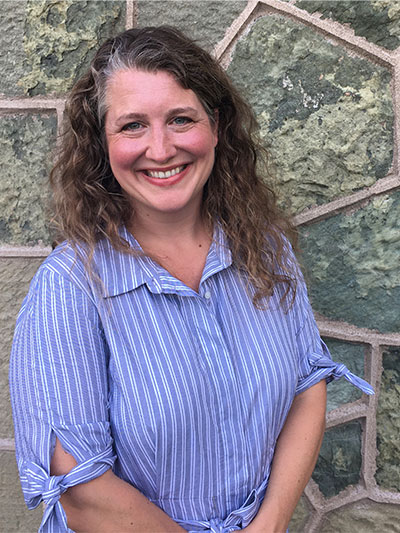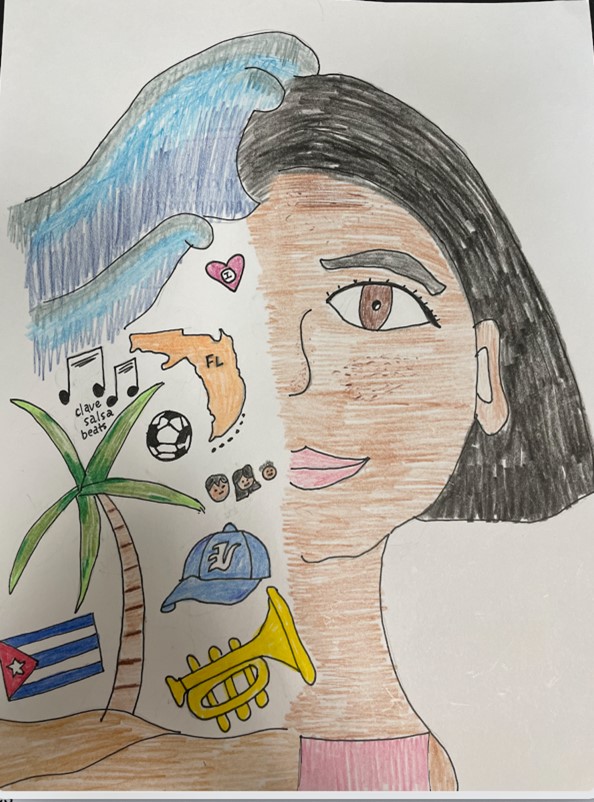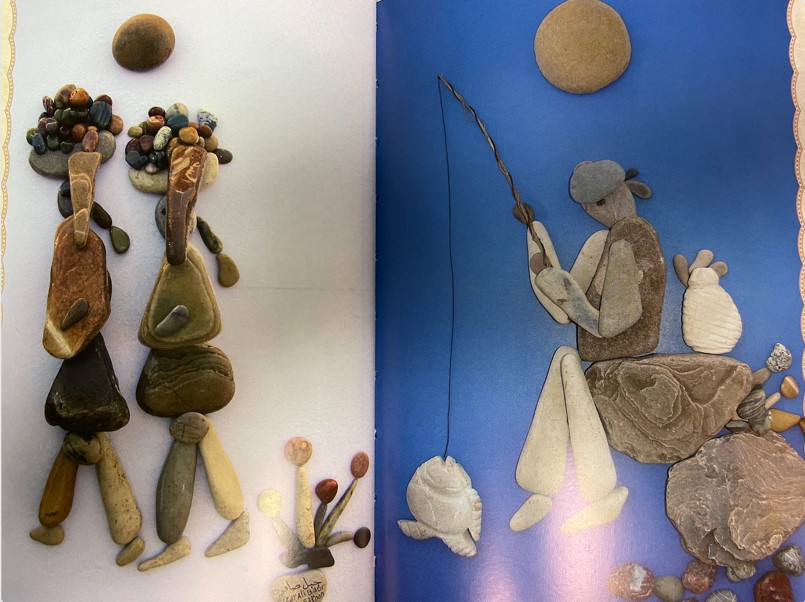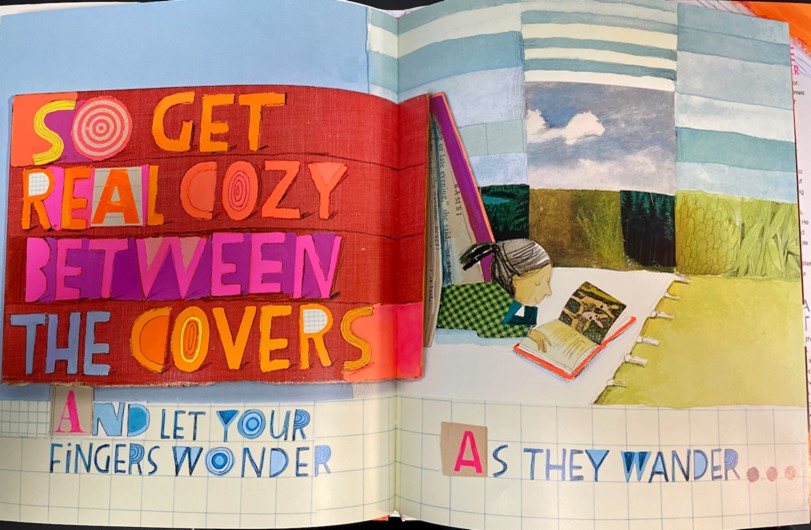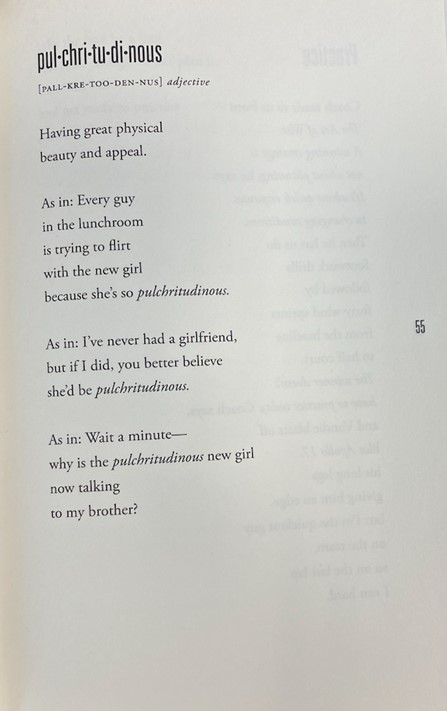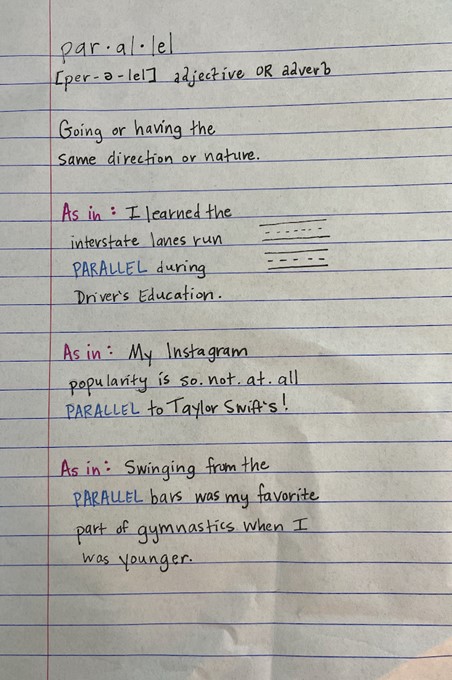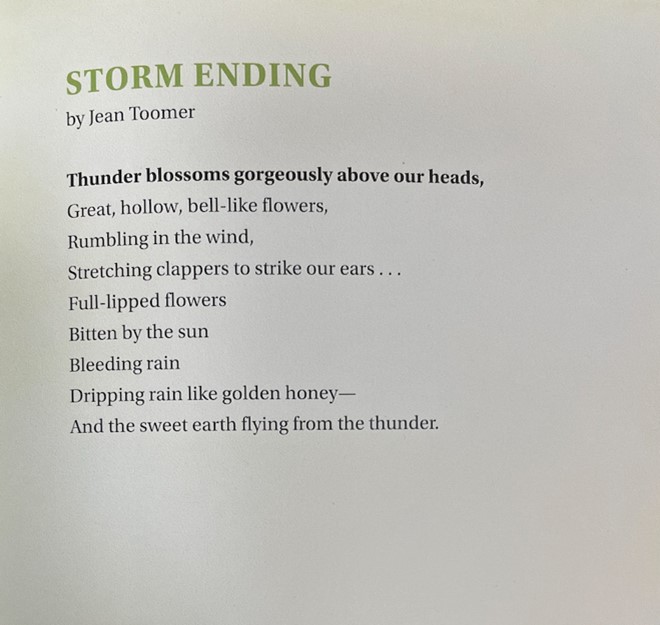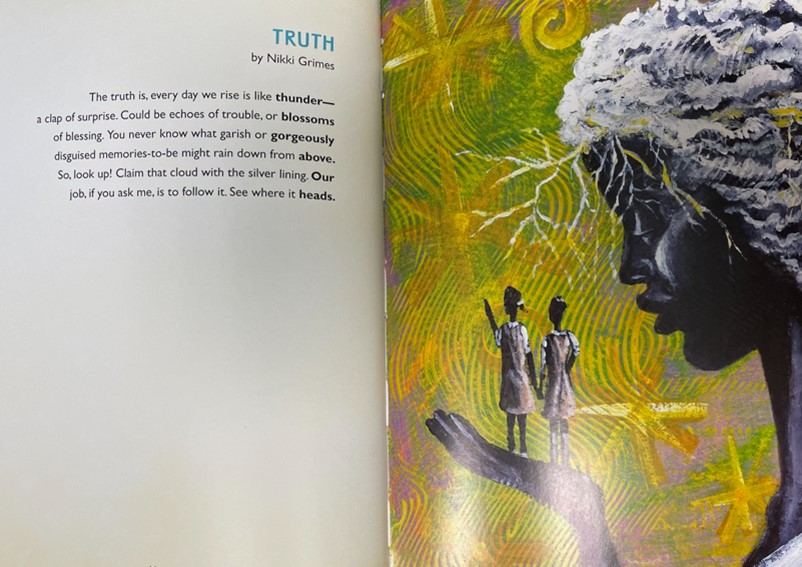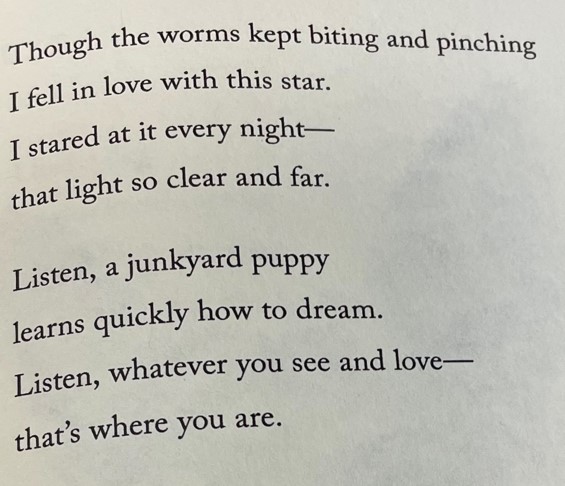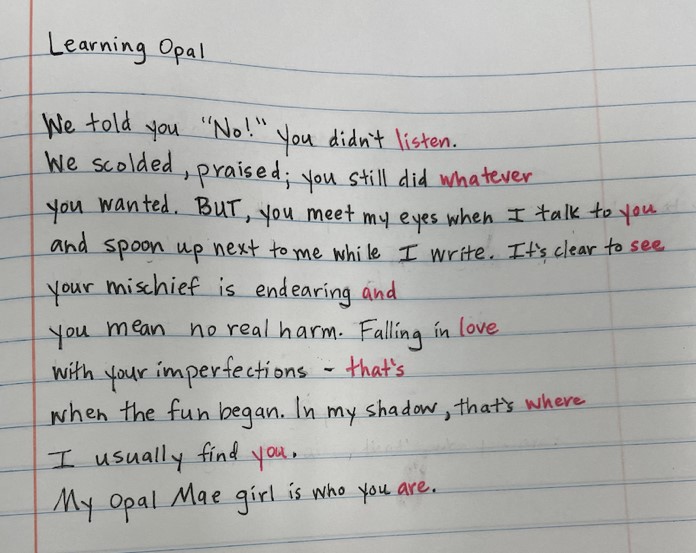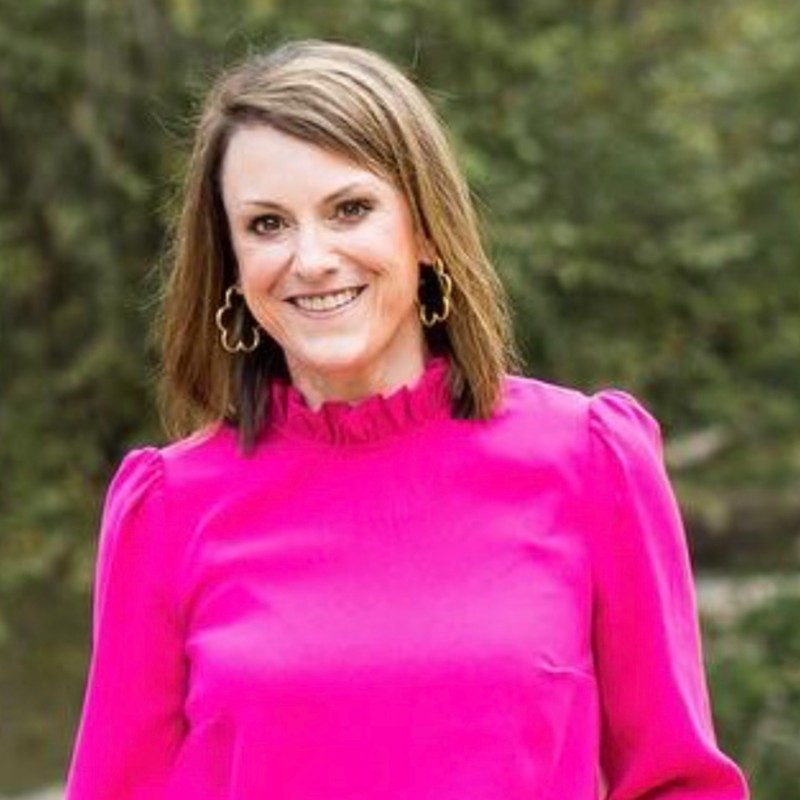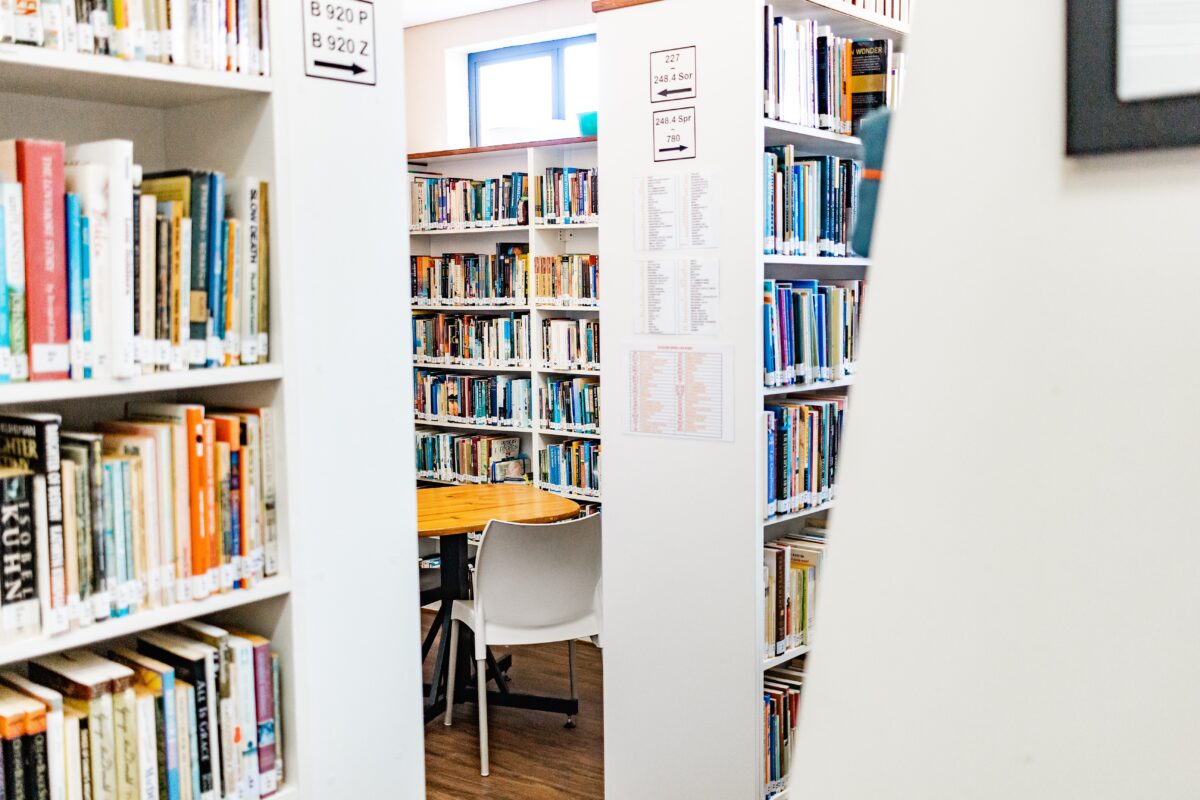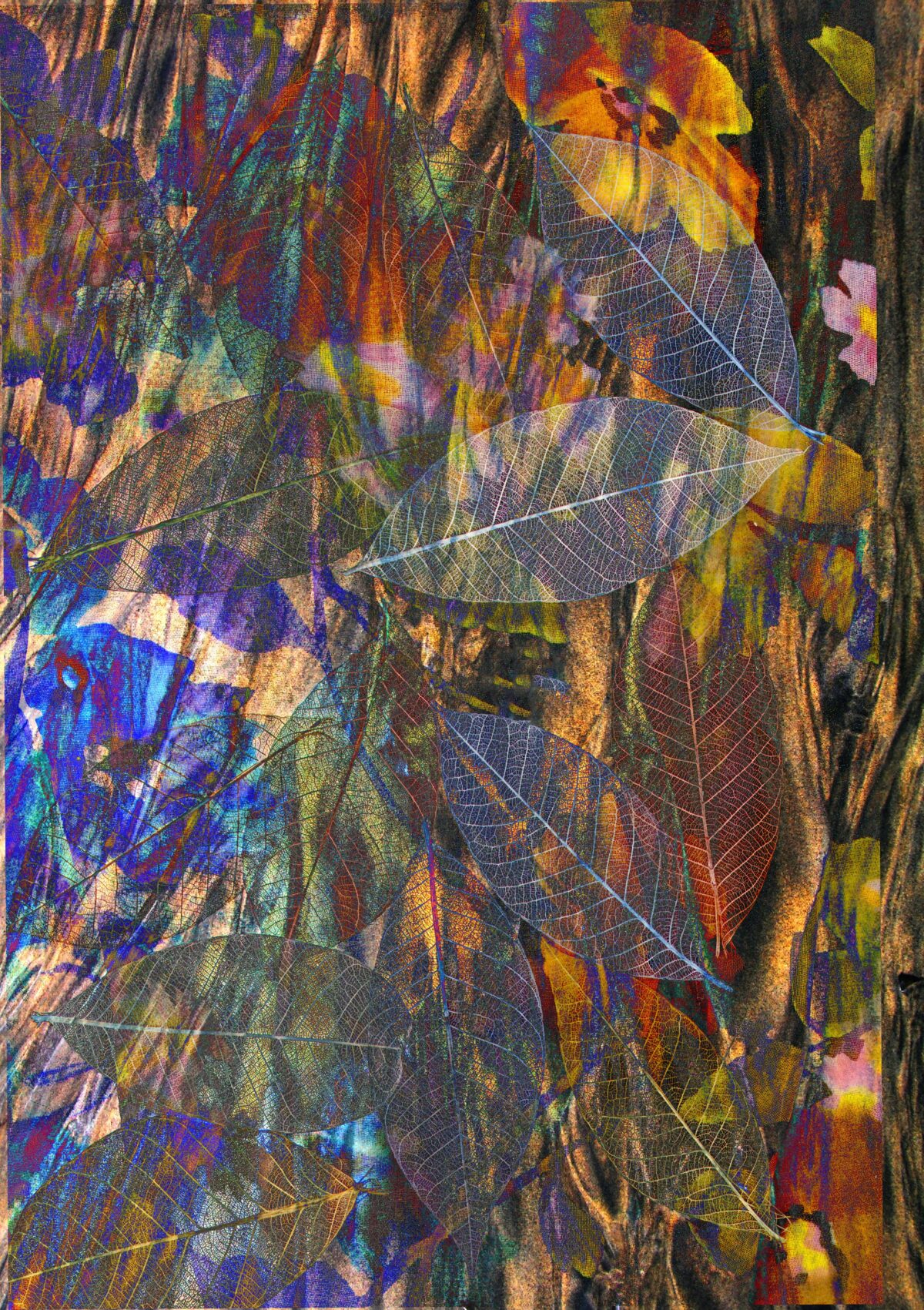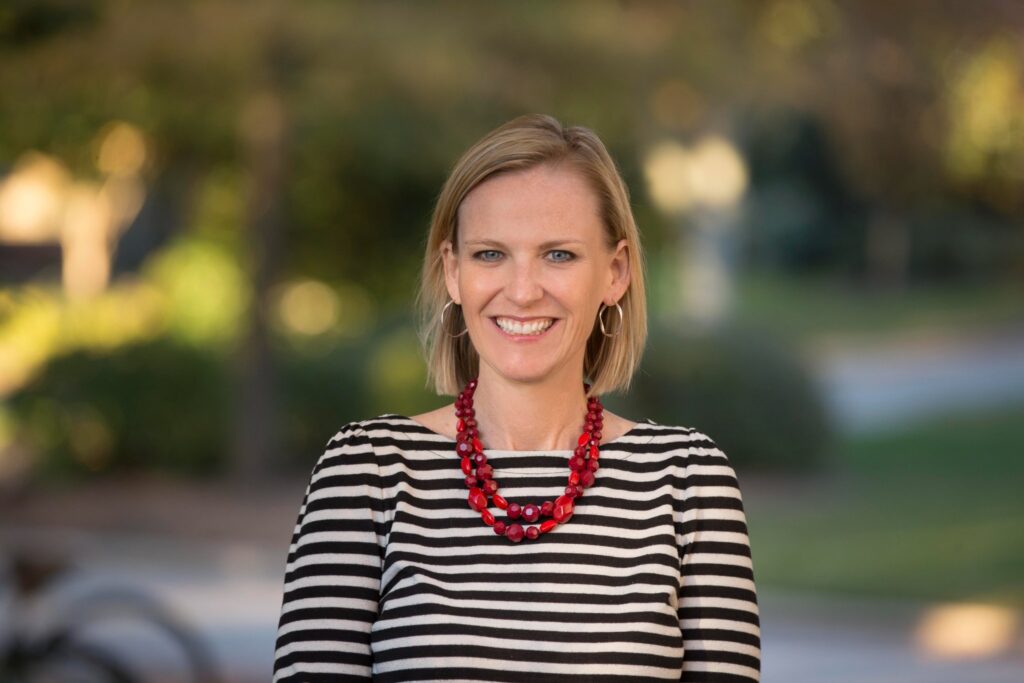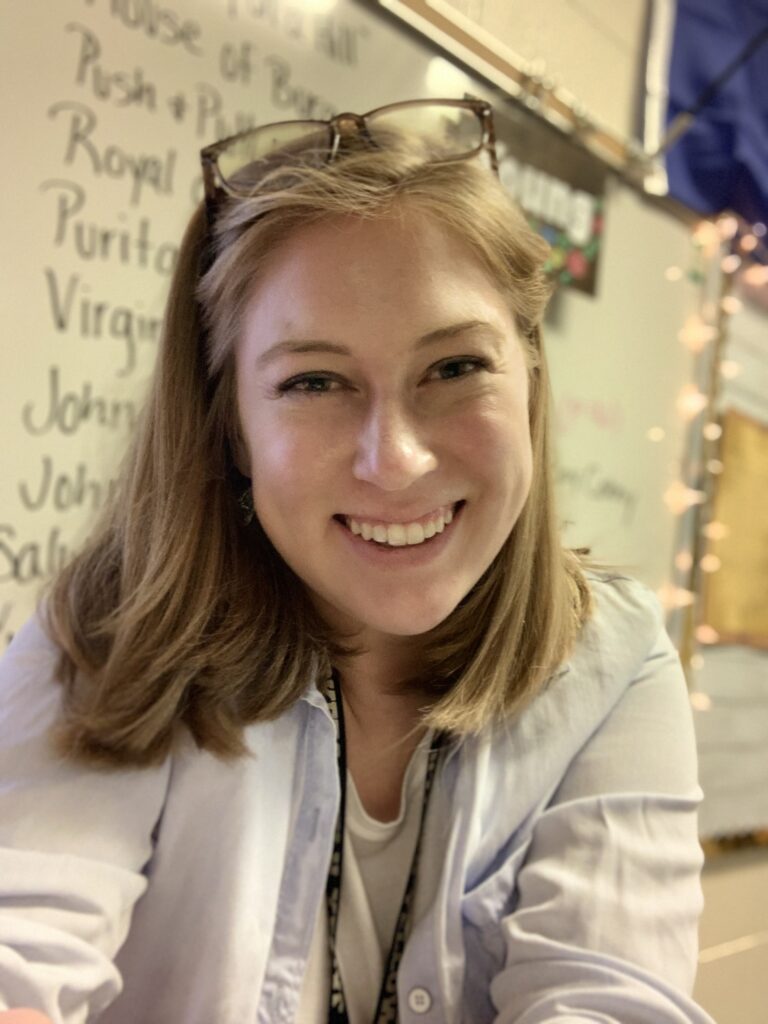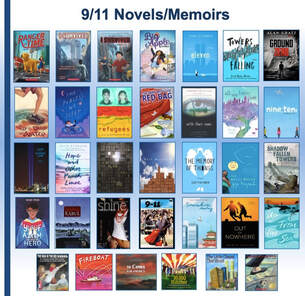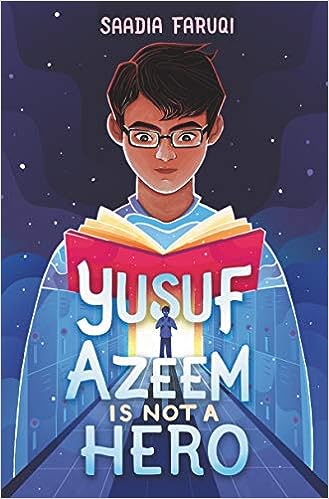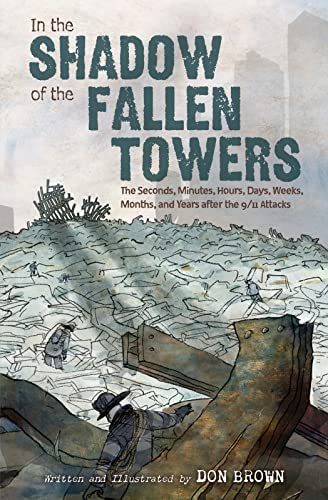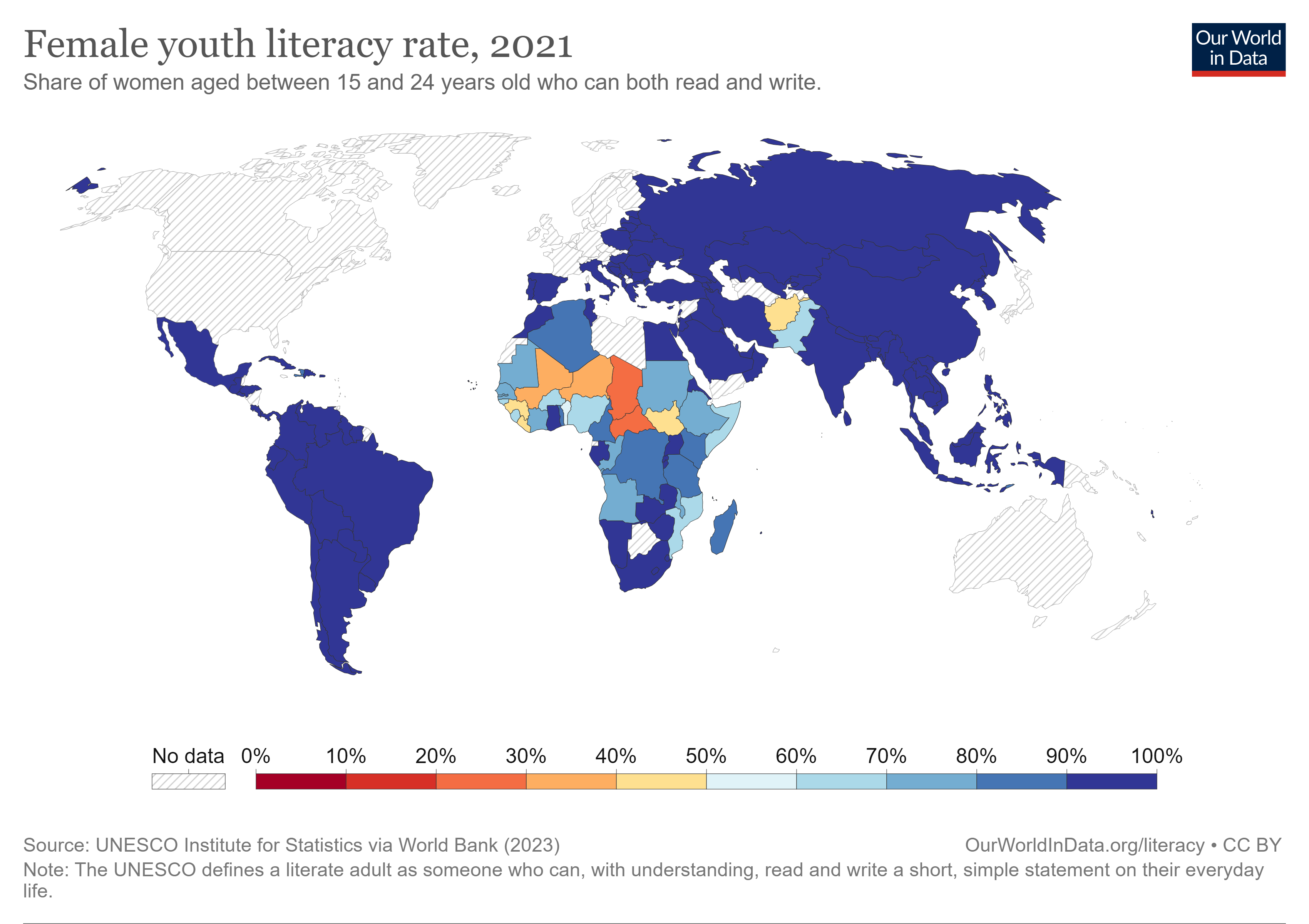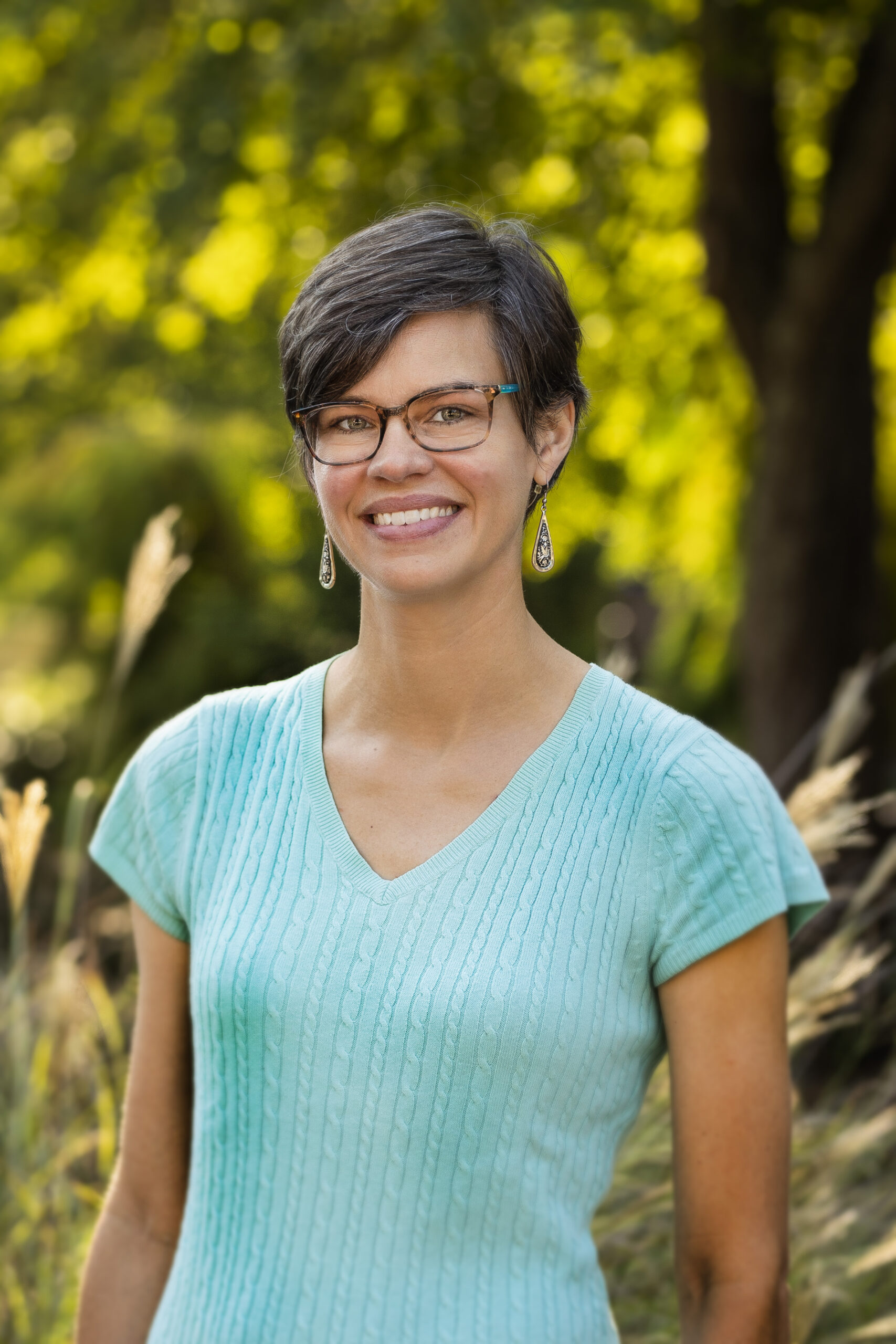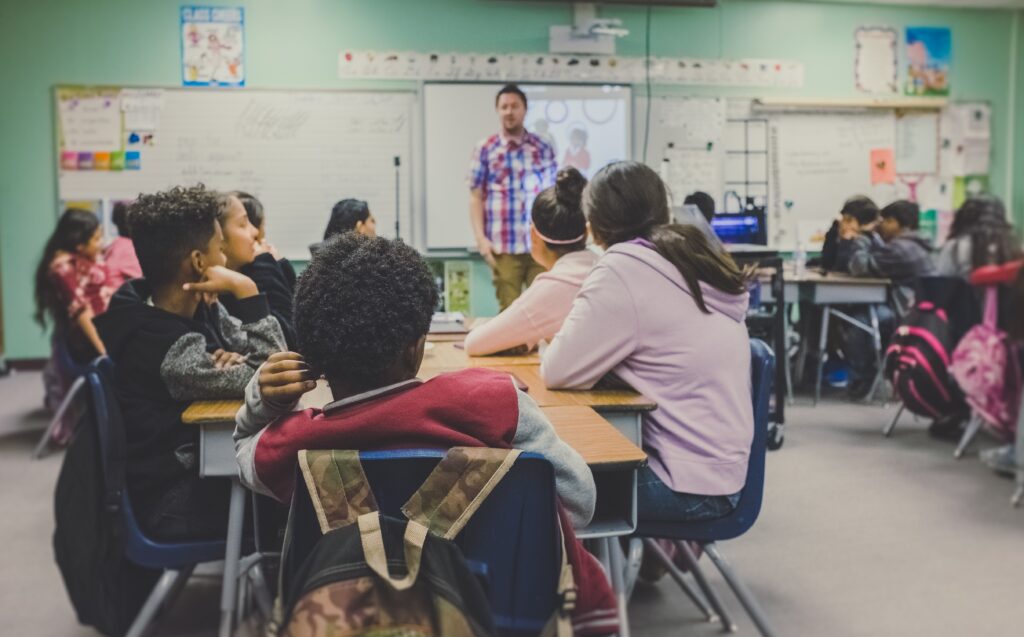This week we welcome Heather Waymouth and one of her students, Hery Castro as they share the positive effects of rethinking the relationship between disciplinary literacy and equity, expertise, and inclusive education. Read more about Heather and Hery at the end of the blog
I (Heather) came into the field of disciplinary literacy as an excited doctoral student who finally saw a way that my certifications in science and literacy could make sense together. I’d spent years thinking about science as a science teacher and literacy as a literacy teacher, and never the two should mix. That I could now teach students to read science like a scientist and history like a historian felt like putting on a comfortable, old sweater.
Yet, just as my old, comfortable sweater has some holes, so, too, does disciplinary literacy. Heller (2011) and Collin (2014) encourage educators to question what counts as a discipline and if our intent really is to mold students into “little experts.” Saying that we are apprenticing students into the literacy practices of disciplinary experts should cause us to examine who counts as an expert.
That question didn’t meaningfully exist for me until I watched the movie Dark Waters (Haynes, 2019). At the film’s core is a farmer, Wilbur Tennant, seeking to sue DuPont over environmental contamination. He’s reached out to the company several times, they’ve conducted a study of his land and their nearby disposal area, and DuPont’s scientists have claimed there’s nothing wrong. Yet, Tennant has gathered his own data. When his lawyer visits the farm, there’s a poignant scene in which Tennant pulls deformed cow organs wrapped in tinfoil from his freezer, deformed hooves stored in a jar, and a video of himself conducting his own necropsy. However, because Tennant is “just a farmer,” his lived experience and expertise aren’t initially seen as “expert” enough for the law firm to justify taking on his case.
I began to rethink my devotion to disciplinary literacy. Was our focus on a narrow definition of experts and expertise helping to build and maintain the world in which Wilbur Tennant’s decades of intimate knowledge didn’t count? Rather than seek an answer from literacy scholars, I dove into science education research. After all, the newly crafted Next Generation Science Standards (NGSS) were intended to promote equitable learning opportunities for ALL students (Lee, Miller & Januszyk, 2015).
In science, I found a conceptualization of literacy that gave me hope for a more inclusive disciplinary literacy. The National Academies of Science, Engineering and Medicine published a report on Science Literacy which defined it across three levels: individual, community, and society (2016). Here, literacy wasn’t a form of property able to be possessed by some folks and not others. Sure, individuals’ mastery of reading, writing, and oral discourse is a necessary consideration of literacy within this model, but it isn’t the end goal. Considering how communities – especially those historically denied access to quality science education – engage in literacy as collective praxis (Roth & Lee, 2002) by bringing their diverse voices, experiences, and literacies together – provided me with a vision for disciplinary instruction which could introduce experts’ literacies and value other forms of literacy and expertise as equally valid.
Then I found Windschitl, Thompson, and Braaten’s (2018) Ambitious Science Teaching. My heart sang – here was a framework that balanced attention to equity and rigor. Not only that, it established students’ collective sensemaking as the objective of science learning. Throughout my dissertation, I observed a group of middle school science teachers using Ambitious Science Teaching to breathe life into the NGSS and had the pleasure of hearing, in their words, how this type of teaching was creating space for all students to engage in sensemaking. While even in their expert teaching, opportunities existed for a closer consideration of equity as foundational rather than supplemental to science learning, I knew I had found my soapbox to stand upon.
Now that I work full-time preparing pre-service teachers, I do everything I can to further the possibilities for equity and inclusion in disciplinary literacy. I have taken up equitable sensemaking (Calabrese Barton & Tan, 2019) as the foundation of my undergraduate class on literacy in the content areas. Throughout the semester, preservice teachers work in small groups to craft a unit plan in a content area other than ELA: science, math, engineering or social studies. We adopt the ambitious science teaching framework (Windschitl, Thompson, & Braaten, 2018), understanding that while this framework was designed for science, it can be applied to any discipline. Preservice teacher teams identify an inquiry question ripe for exploration from multiple viewpoints and for incorporation of social justice and equity, such as “Why do we get sick?” Then, they map an explanation of that phenomenon, incorporating multiple viewpoints and opportunities for students to engage with new ideas, rather than be taught (told) those ideas. As my desire is for authentic learning to drive the bus, I don’t introduce standards until after the ideas mapping process has begun. Students map content area standards first and subsequently “engineer” (Moje, 2015) opportunities for literacy development within their unfolding storyline (Reiser et al., 2021).
Considering equity as foundational is often a new concept for my preservice teachers, given that most are white and from middle class backgrounds. We spend several classes learning what it might look like to incorporate perspectives other than our own early in the planning process. The works of three scholars are particularly helpful to us. While students are developing their unit’s question, we listen to Dr. Danny Morales Doyle’s interview with Abolition Science in which he discussed using social justice science issues, like pollution from a local factory, to ground high school chemistry instruction. Several days into unit planning, students use the twelve questions Dr. Gholdy Muhammad outlined in her AMLE blog post to (re)consider the cultural and historical relevance of their unit. To illustrate what an equitable sensemaking activity that draws upon diverse voices might look like, I conduct a fishbowl discussion in which each student embodies a chapter of Dr. Robin Wall Kimmerer’s (2013) Braiding Sweetgrass, using three guiding questions: What counts as knowledge/expertise? Whose expertise matters? How do we use the knowledge we are gaining from this text to impact our teaching?
The units my students are ultimately able to build astound me. I’ve seen a math unit on how to affordably feed various sized groups, a social studies unit on why we haven’t yet had a woman elected as president, and all sorts of other units incorporating joyful learning, literacy in service to disciplinary learning, incorporations of diverse viewpoints, and opportunities for students’ identities and experiences to inform ongoing learning. But, as I heard on Reading Rainbow as a child of the 90’s, “You don’t have to take my word for it.” Hery Castro is one of my students currently engaging in planning for equitable sensemaking. I’ll let him tell you what it’s like:
Including equitable sensemaking in my unit plan caused me to reshape my thinking, and put critical literacy first, alongside relatable science phenomena. Although there was some slight confusion on what exactly Dr. Waymouth was looking for, I loved working on my assignment. As a person of color who has experienced difficulties with teachers understanding where I’m coming from, I’ve always known that I wanted more perspectives like mine included in school. Being told that it’s not only possible, but necessary to include them in this science unit (a subject area I don’t intend to teach), was affirming.
By reshaping the question of equitable sensemaking into “how can we have this relate to students’ lives outside of the classroom” and “how can we get kids to think about the impact of these scientific phenomena in communities and lifestyles other than their own”, I realized there are countless answers and options for engagement. We started with a universal question: “why do we get sick?” and broke it into more universally experienced questions like “how do diseases spread?” and “what can we do to prevent them?”
These driving questions are great; however, equitable sensemaking asks that we take a question that could be answered with just a personal tidbit and transform it into something that requires scientific and social research. My group added “why do some diseases affect some communities more than others?” and “How does access impact care?” At this point, I could tell we were approaching equity, as students would get the chance to talk about various perspectives in addition to their own lived experiences.
I found that I used this equitable sensemaking framework as the basis for each question and activity I planned for my unit. If I knew I wanted students to question why certain areas or groups of peoples are affected by a disease more than others, I knew I needed to have a lesson about how disease spreads and one that requires students to dive deeper, asking and answering the critical questions through activity. Repeating this process for each driving question, and crafting more and more activities that build upon the students’ developing understanding of both biological and social science, led to a unit plan that is rich with equitable sensemaking. This balance of social justice and grounded scientific questioning has led my group to craft something that not only reshaped our ideas of teaching, but will allow us to help create a new generation of critical thinkers in not only science, but across all domains.
References
Calabrese Barton, A., & Tan, E. (2019). Designing for rightful presence in STEM: The role of making present practices. Journal of the Learning Sciences, 28(4-5), 616-658.
Collin, R. (2014). A Bernsteinian analysis of content area literacy. Journal of Literacy Research, 46(3), 306-329.
Haynes, T. (Director). (2019). Dark Waters [Film]. Participant Media.
Heller, R. (2011). In praise of amateurism: A friendly critique of Moje’s “call for change” in secondary literacy. Journal of Adolescent and Adult Literacy, 54(4) 267-273.
Kimmer, R. W. (2013). Braiding sweetgrass: Indigenous wisdom, scientific knowledge, and the teaching of plants. Milkweed Editions.
Moje, E. B. (2015). Doing and teaching disciplinary literacy with adolescent learners: A social and cultural enterprise. Harvard Educational Review, 85(2), 254-278.
National Academies of Sciences, Engineering, and Medicine. (2016). Science literacy: Concepts, contexts, and consequences. National Academies Press.
Lee, O., Miller, E., & Januszyk, R. (Eds.). (2015). NGSS For All Students. NSTA Press.
Reiser, B. J., Novak, M., McGill, T. A. & Penuel, W. R. (2021). Storyline unites: An instructional
model to support coherence from the students’ perspective. Journal of Science Teacher Education, 32(7), 805-829.
Roth, W. M., & Lee, S. (2002). Scientific literacy as collective praxis. Public understanding of science, 11(1), 33.
Windschitl, M., Thompson, J., & Braaten, M. (2018). Ambitious science teaching. Harvard Education Press.
